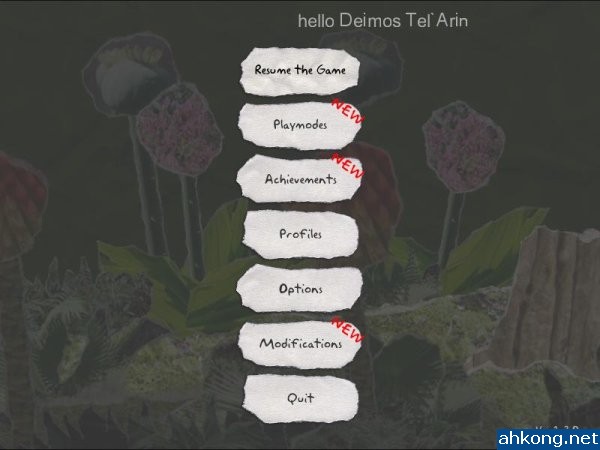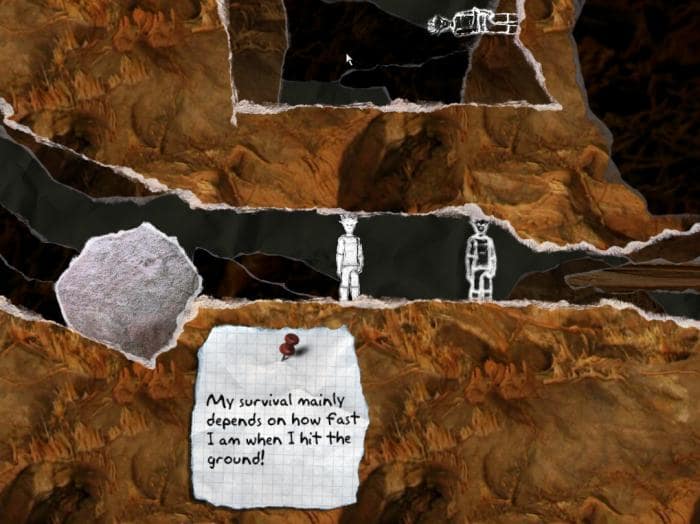
In 1911, he also published several articles detailing his efforts to determine the origin of the famous phrase. But then a science historian named Antonio Favaro spent four decades studying Galileo's life and work, publishing a massive tome, The Works of Galileo Galilei. That would point to the story being a myth. According to Livio, the first mention in print is in a single paragraph in the 1757 book, The Italian Library, by Giuseppe Baretti, written over 100 years after Galileo's death. The earliest biography of Galileo was written by his protege, Vincenzo Viviana in 1655-1656, with no mention of the phrase. It resulted in a separate academic paper about his findings. Livio is the author of a new biography of the famous scientist, Galileo and the Science Deniers, and while researching the book, he found himself captivated by the longstanding debate about whether or not Galileo really spoke those words. "It would have been crazy for Galileo to say that in front of the Inquisitor," astrophysicist Mario Livio told Ars. Legend has it that after he did so, he muttered, " E pur si muove" ("And yet it moves"), meaning the Earth.Īs with many such legends, it's probably too good to be true. He was never formally charged with heresy, but he was forced to recant his stance.



The Earth revolved around the Sun, not the other way around, contrary to the Catholic Church's teachings at the time.
AND YET IT MOVES AUTOZA TRIAL
Galileo Galilei famously stood trial for his insistence-based on astronomical observations through his telescopes-that the Copernican model of the Solar System was correct.


 0 kommentar(er)
0 kommentar(er)
